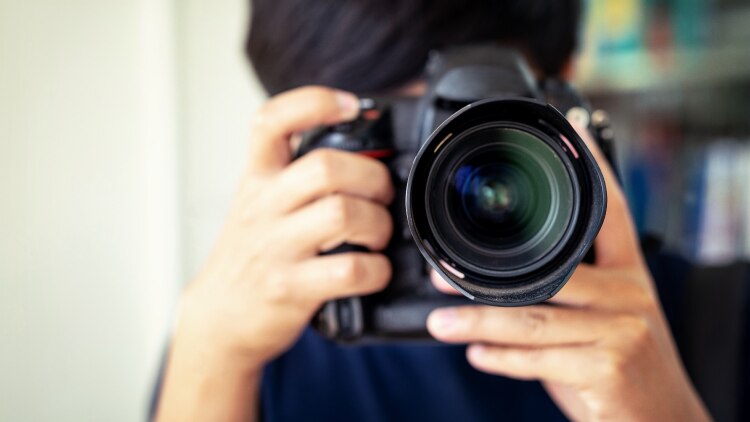

2025 Popular Camera Shopping Guide & Recommendation
Will cameras be made obsolete by mobile phones? With mobile phone lenses becoming more advanced, it is not unreasonable to think so. However, if you want to take good quality photos, a camera is better than a mobile phone, because the pixels are far superior to those of a mobile phone. Enjoy finer detailed images, more efficient and higher quality editing, and printing results. Other camera features such as light sensitivity are also better for a real depth of field rather than a false depth of field found in mobile phones.
But before you go shopping for a camera, get to know the features of each camera you check. Here are three types starting from an entry level.
Compact Digital Camera
Digital Camera (DC) combines image conversion, transmission, and storage functions. It uses an imaging element (CCD or COMS) to convert different types of light received from the lens into electronic data. This is then digitally transferred to the camera, thus allowing real-time recording and interaction with a computer. In simple terms, this means the image is quickly converted into a digital signal and stored in the device.
The biggest advantage of a DC is its relatively light weight and size. It does not require an external lens, making it ideal for someone on the go. DCs are available in different price ranges so it's very much a matter of personal choice. As DCs are easier to configure than optical cameras, you won't have to go through the expense of buying separate lenses, flashes, and other accessories. If you want to take photos on the move, a digital camera is your perfect companion.
DSLR Camera
Single Lens Reflex Camera (SLR) comes with a single lens. The camera has a reflex lens inside. Light entering the camera is reflected in the reflex lens to a pentaprism, which then enters the viewfinder so you can see the shot and press the shutter to capture it.
SLRs have the advantage of having a huge sensor, high-sensitivity control, and the ability to match configurations to different scenes and objects. The image quality is generally better. If you care about the quality of your images especially for work purposes, an SLR camera is your choice.
Interchangeable Lens Camera
Mirrorless Interchangeable Lens Camera (MILC) is a camera with an interchangeable lens without a mirror. It looks like an SLR but it has no pentaprism or reflector. It is therefore lighter than an SLR camera and uses an electronic screen as its viewfinder.
Nowadays, MIL technology has become mature, and its overall performance is comparable to that of an SLR. There are many comparisons between SLR and MIL cameras, for example, an MIL is easier to focus on portraits, and continuous shooting is better than with an SLR, however, MILs may not be as good as SLRs in parallel lens or extreme light conditions. You should consider your needs and budget before buying. Compare different models and brands and find the one best for you.
Technical and Non-technical
Factors of Camera
Having covered the basics of different cameras, let's now talk about the technical and non-technical factors that we generally look for when choosing a camera:
1. Pixels
The average camera has about 20 million pixels, which is more than enough for general use. The quality of an image is not determined by pixels alone. In fact, the resolution of mainstream 2K and 4K screens do not require 20 megapixels while for social networking sites, 3 million pixels is more than sufficient.
2. Screen
In the case of digital cameras, the environment you are in affects the colour display of the screen which will directly affect performance. Some screens allow you to touch the screen directly for video or self-timer operations.
3. Focus
This refers to the camera's ability to adjust the focal distance to make the most of a portrait or a specific object. It directly affects the sharpness and subject matter of an image. A good focus system is a great help to a novice photographer as it can help to correct poor skills and avoid blurred photos!
4. ISO
When purchasing a camera, the range of sensitivity (ISO) is usually shown in the specifications section. ISO represents the sensitivity of the film to light and can be changed at will to match ambient light. For example, the darker the environment, the clearer the shot will be with a lower ISO.
5. Battery Life
This is a simple but important factor to consider. Apart from the quality of the image, the durability of the camera's battery is crucial for users who are always out shooting or travelling.
6. Price
The more expensive the lens and camera does not mean the better the photos. A camera is an expensive item after all. If you are new to photography, get your first camera, a zoom lens, and a fixed focal length lens at an affordable price and start taking pictures. Then upgrade your equipment step by step as your skills improve.

